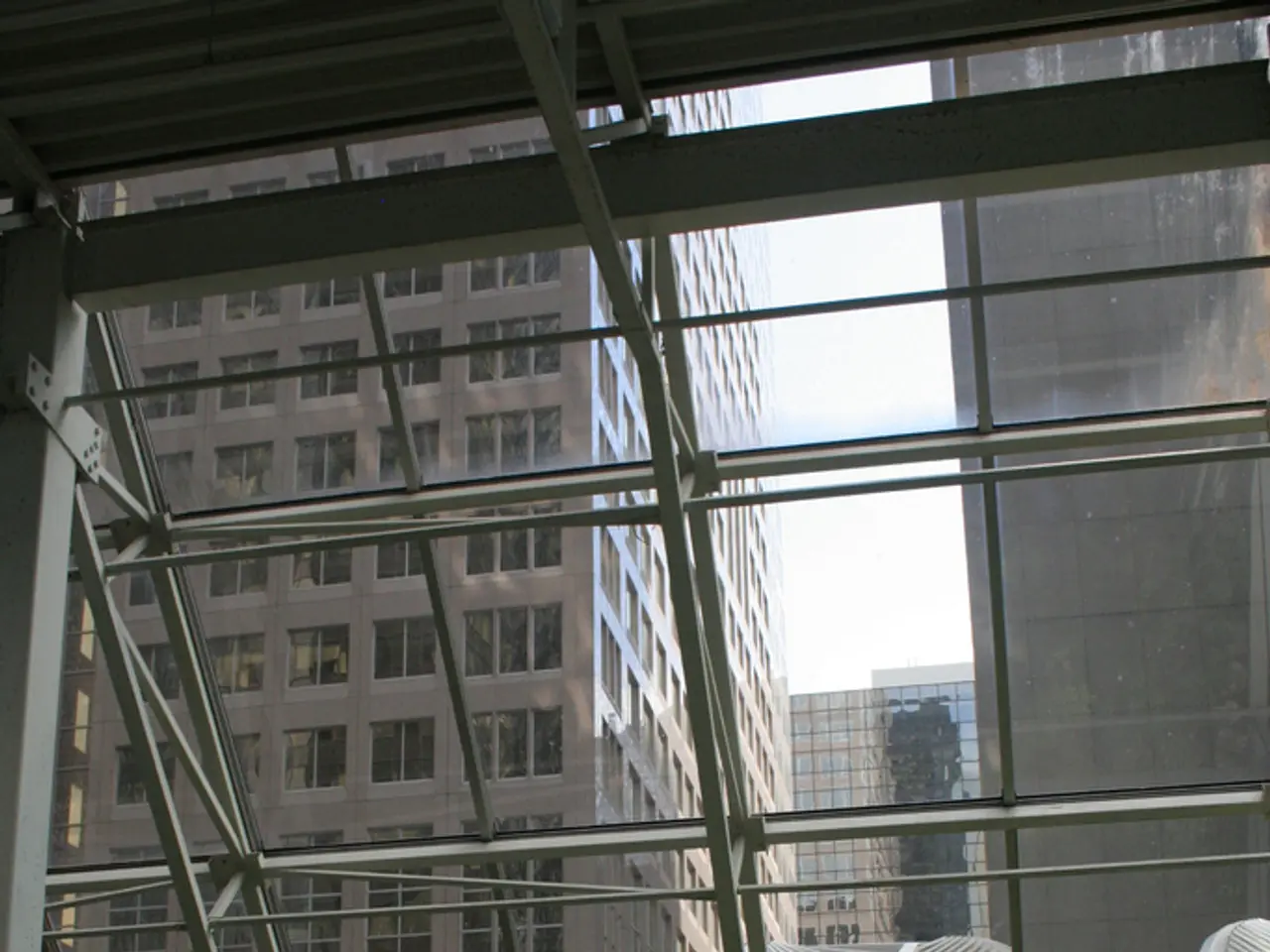Abandoned Urban Landscapes Marked by Dismal Environmental Catastrophes
================================================================================
In the heart of Pennsylvania, the small town of Three Mile Island became infamous on March 28, 1979, when its Unit 2 reactor experienced a partial meltdown. This tragic event released radioactive gases, causing authorities to initially reassure citizens, only to later urge them to stay indoors. Pregnant women and young children were later ordered to evacuate without any certainty about when or if they could return home.
Across the country, in New York, Love Canal faced its own environmental catastrophe. By the 1950s, 21,000 pounds of toxic waste filled the area, which was built directly over a kilometer-long pit that once served as a local swimming hole or ice skating rink. Waste began to seep into residents' basements, water supplies, and even the air, causing residents to become sick. After a community uproar, President Jimmy Carter declared Love Canal a federal emergency area in 1978. Since then, extensive cleanup and remediation activities have taken place, with the site designated a Superfund site and undergoing environmental monitoring and redevelopment efforts to reduce risks to public health and restore the area.
Moving westward, we find Picher, Oklahoma, a town built over hollowed mine shafts and tunnels containing hazardous chemicals. At the beginning of the 20th century, its mineral deposits provided metal for bullets. However, as demand for Picher metals fell off, leaving piles of rock containing deadly heavy metals such as lead, zinc, and cadmium out in the open. Some people continue to live and raise families in what's nothing more than a toxic wasteland, with mining companies not contributing to the cleanup as most have gone out of business. Disagreements between the EPA and BIA have stalled any other cleanup efforts.
In central Pennsylvania, Centralia faced a unique challenge with a coal mine causing acrid smoke to rise from the town since 1962. The coal business made Centralia what it was, but also led to its demise. The town's population fell from 1,000 citizens to just eight between 1980 and present. Congress allocated more than $40 million to relocate Centralia residents in 1984, and the remaining eight residents were allowed to live out their lives there under a 2013 agreement.
Finally, in Montana, the Berkeley Pit copper mine has collected over 40 billion gallons of contaminated runoff since it ceased activity in 1982. The pit has become a geological cauldron with rapidly changing water chemistry.
These stories serve as a stark reminder of the lasting impact that environmental disasters can have on communities across America. As we continue to progress, it is essential that we learn from the past and work towards creating a cleaner, safer future for all.








